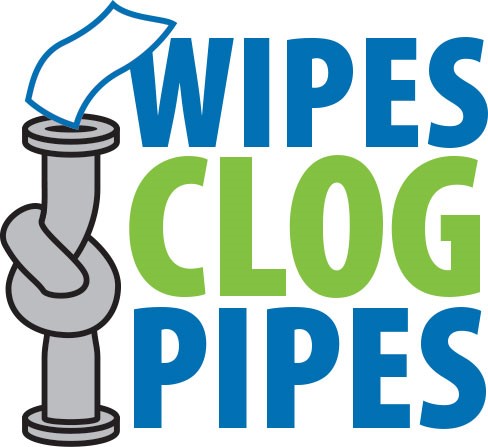Wastewater Collection System
The Wastewater Collection System (Sanitary Sewer System) is designed to carry wastewater from our toilets, sinks, and showers via private sewer lateral pipes to the City’s sewer mains. The City owns and maintains 257 miles of sewer mains which deliver wastewater to El Estero Water Resource Center.
Sewer Testing with Smoke
Sewer testing uses safe, non-toxic smoke to help our crews identify cracks or leaks in the public sewer system or on private property, so they can be repaired either by the City or homeowner. This type of testing using smoke is the industry-standard and preferred method of identifying these issues and prolonging the health of our sewer system. Read our Sewer Smoke Testing Handout
Wastewater Collection System vs. Storm Drain System
The storm drain system and the wastewater system are two different sets of pipes. The storm drains are the drains you see in the street gutters or are the pipes going into creeks or the ocean. These pipes are only for rain water. They are never used for wastewater. Wastewater goes into a different set of pipes called the Wastewater Collection System. These pipes go to the wastewater treatment plant where the wastewater is processed. Only wastewater, not storm water, goes to the wastewater treatment plant for treatment.
In fact, if water from storms gets into the sewer pipes it causes problems such as sewage overflows. This is why it is illegal to hook-up roof or yard drains to sewer pipes. The City’s Smoke Testing Program is designed to help identify and remove these types of connections. Rain water can also enter the sewer through pipe joints and spaces, also causing sewage to overflow through manholes. The Sewer Lateral Inspection Program requires property owners to repair or replace damaged private sewer lines to prevent overflows.

